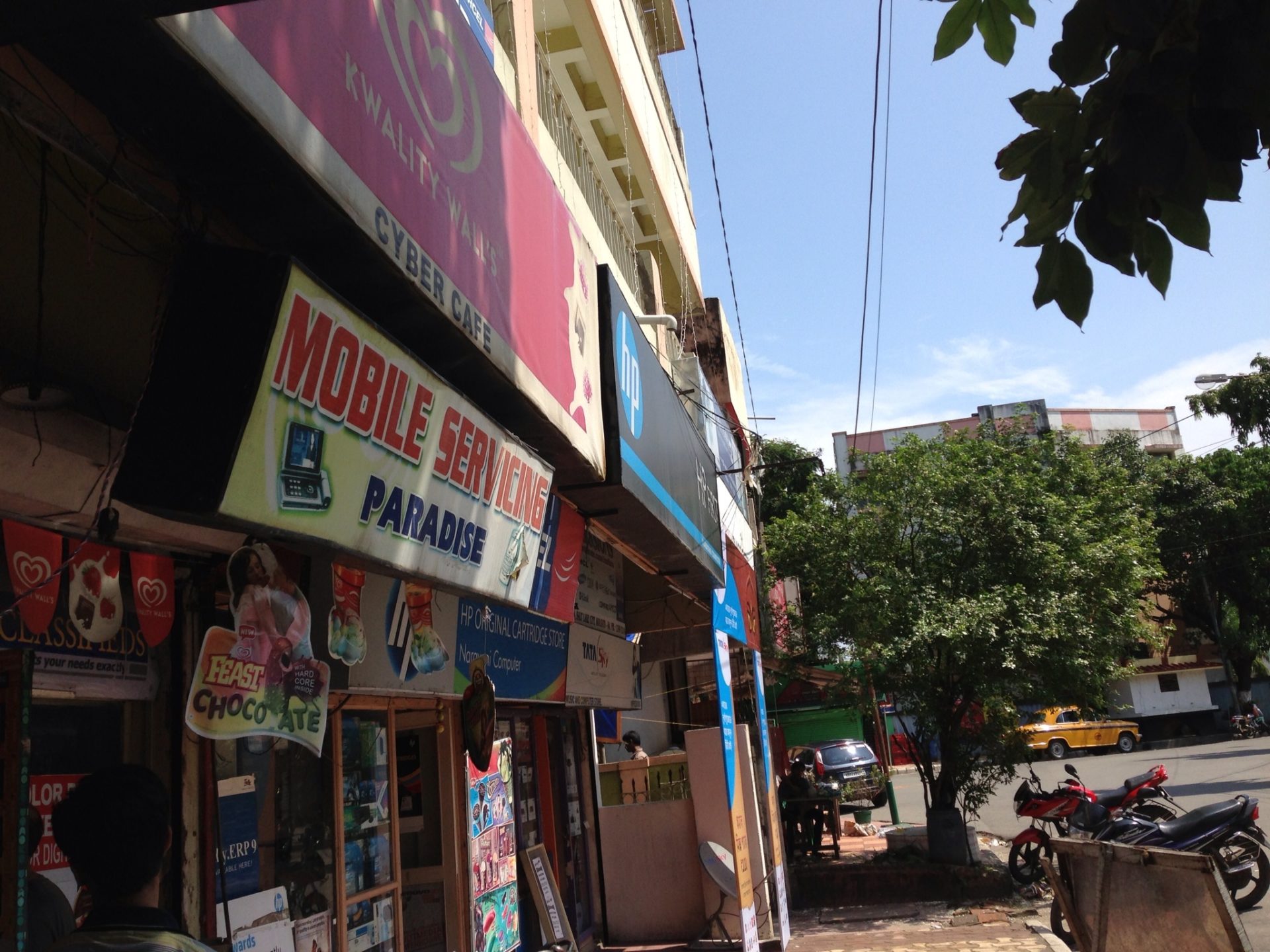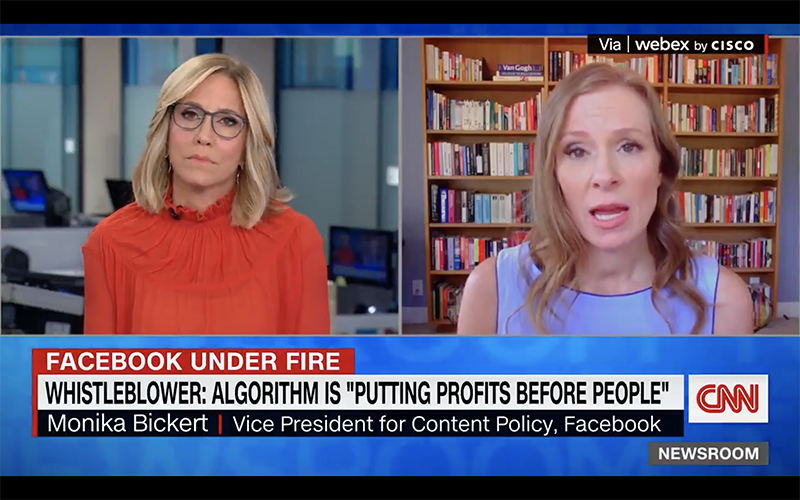
I thought I would spend two weeks in Kolkata, India, sitting on my family’s patio backdropped by palm trees, leisurely writing away. But there was a fatal flaw to my plan: My family warned me upon my arrival that I would have to find an office building that provided public Wi-Fi access before I could get online.
The inconvenient problem is city-wide. Anannya Roy, a college student in Kolkata, says she is starved of good Internet coverage on campus. “We are a community with the wants of Wi-Fi, settling for something far less contenting,” Roy says. Most Indian households keep fixed broadband services rather than Wi-Fi. Internet capabilities depend largely on the availability of properly equipped cell towers. People settle for sporadic 2G or 3G wireless Internet coverage, with network blackouts frequent, Roy says.
India’s largest mobile providers, including Vodafone, Airtel, and Tata DoCoMo, offer pay-as-you-go options to connect to 2G and 3G, which Roy finds affordable but slow. “The majority of my friends here use the Internet for very base-level work, mostly pertaining to casual surfing for entertainment,” she says. “YouTube, Skype, and social media being high on their lists, the speed and bandwidth do not qualify as major concerns.”
I began to wonder how a developing country could ever thrive without a much better level of Internet access. Kolkata is not as technologically developed as Bangalore, Delhi, or even Mumbai. But with an urban population of nearly 4.5 million and a metropolitan region population of more than 14 million, it is among the 10 most populous cities in the world.
With urban populations increasing, affordable Internet solutions must be found, says Amit Khetawat, director of products at AOptix. The California-based company develops advance wireless communications solutions. Khetawat says the company encounters implementation roadblocks in all developing Asian and African countries. “Emerging countries are still on a 2G capacity,” he says. “And even if they’re going to 3G, the next challenge they’re going to encounter, the bottleneck, will be the backhaul.”
The backhaul is the means by which a cell tower gets an Internet connection. When a mobile phone connects to the Net, the cell tower signals through connected fiber to a usually distant data center where the request is processed. But the fiber penetration for 2G and 3G networks in India is extremely low, Khetawat says. Laying fiber there encounters two problems: the cost and the interference of infrastructure, he explains. “Trenching or laying fiber for a kilometer can be as expensive as a half million dollars,” Khetawat said. Cheaper local labor only reduces the price by half over what it would cost in a developed country, he says.
The process, he says, is “very, very disruptive,” especially in Kolkata, with its infrastructural congestion. Roads and buildings are obstacles, and the city is extremely congested. An exponentially expanding population is not only caused by growing economic activity, but by an ongoing influx of poor refugees from the countryside.
Getting Kolkata connected could aid one of the world’s neediest populations. But basic improvements to roads, buildings, and sewage infrastructure would ultimately lead to cheaper and more accessible mobile and Internet connections.
Deb Dutta, vice president of Bangalore IT firm Aegis, says India’s severe monsoon season with heavy rains makes it harder to get below ground. During my stay, we experienced knee-level flooding and encountered a cyclone that required the evacuation of nearly 800,000 people along India’s eastern coast. The water contamination created breeding grounds for mosquitos that carry dengue fever, malaria and typhoid. Hospitals became so overcrowded that they turned sick people away. During my stay, I wished I had Internet access to research how to help one of my family members who contracted dengue fever.
Even without physical infrastructure improvements, technology can improve Kolkata’s standard of living. As America’s mobile landscape sees an influx of healthcare apps and mobile aids, I imagine connectivity could similarly bring healthcare assistance to Kolkata’s aging and poorer populations.
At home in New York, I take 3G, 4G, and Wi-Fi for granted—it’s available at every Starbucks and almost every public space. During the Diwali holiday in India, I spent much time hunting for open cyber-cafes and coffee shops. My alternative was Tata DoCoMo’s pay-as-you-go mobile device, Photon, for connecting to 3G. Kolkata’s college populations have found alternatives too. Roy and her roommates connect their laptops and phones to a single MiFi router, which acts like a Wi-Fi hot spot, at significantly lower cost.
Development is underway in Kolkata, to be sure. Overpasses built since my last visit five years ago have reduced traffic congestion, and improved sewage systems have cleared up some water problems. The city can now either pave the way for more laying of fiber, or find fiberless solutions like the ones AOptix offers. I hope my next visit will find a Kolkata better prepared to deliver online freedom for its needy population.
In Kolkata, Wi-Fi Takes a Back Seat to Physical Infrastructure
I thought I would spend two weeks in Kolkata, India, sitting on my family’s patio backdropped by palm trees, leisurely writing away. But there was a fatal flaw to my plan: My family warned me upon my arrival that I would have to find an office building that provided public Wi-Fi access before I could get online. The inconvenient problem is city-wide. Annanya Roy, a college student in Kolkata, says she is starved of good Internet coverage on campus. “We are a community with the wants of Wi-Fi, settling for something far less contenting,” Roy says.















